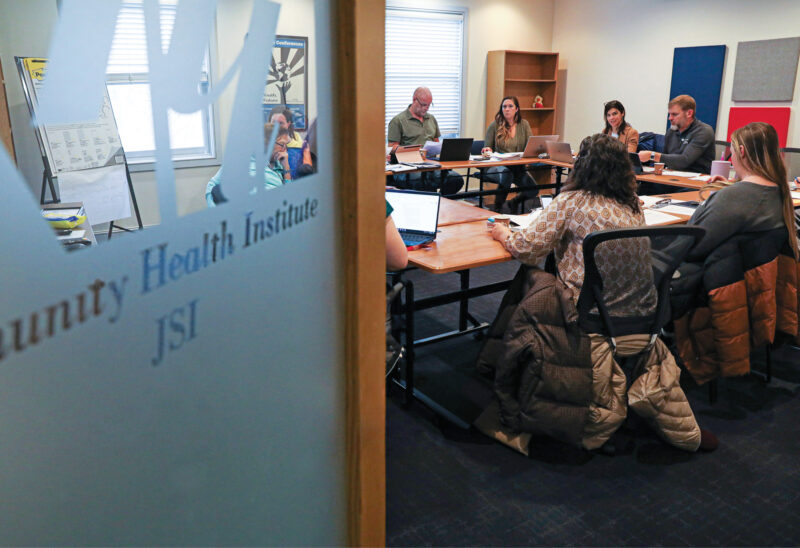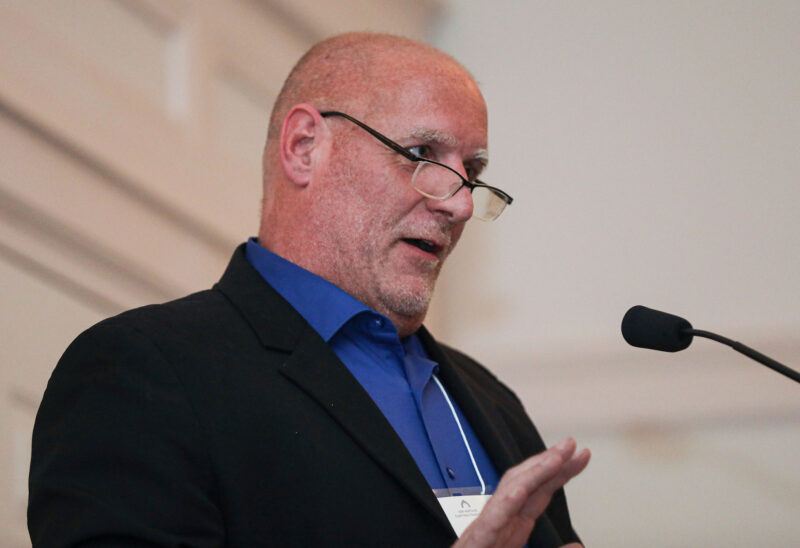At Concord High School, leaders from the football, field hockey, cross-country, hockey, cheerleading, basketball, soccer and volleyball teams listen politely as a guest speaker from the Life of an Athlete program talks about nutrition, sleep and training.
And then he gets to alcohol.
Alcohol, he explains, is a metabolic poison. As the body works to eliminate the poison, lung capacity is diminished. Reaction time is slowed. You can’t accelerate as fast, your lateral speed is diminished, and endurance suffers. Use of alcohol, he says, reduces performance potential in high school athletes by between 15 and 30 percent.
You can almost hear the calculations whizzing. That’s about 17 miles per hour off an 85-mph fastball. That’s 2.4 seconds added to a 12-second 100m time.
“That’s, like, 30 seconds or more,” says a runner, calculating an event time. “That’s, like, a good portion of training.”
That’s real. Much more real than that puzzling egg-in-the-frying-pan metaphor of a generation ago.
The science has the kids riveted: One night of binge drinking wipes out the equivalent of two weeks of training. Student athletes who drink have a 54 percent rate of injury, compared with 24 percent for those who don’t.
The Life of an Athlete program is sponsored by the New Hampshire Interscholastic Athletic Association and supported by the Foundation. Preventing kids from using drugs and alcohol is a component of the Foundation’s “New Hampshire Tomorrow” agenda. The Foundation has made more than $529,000 in grants for Life of an Athlete, which has been implemented thus far in about half of the state’s high schools. That funding brought in $500,000 in matching support from the state’s Bureau of Drug and Alcohol Services. NHIAA hopes to have the program implemented statewide within five years.
One night of binge drinking wipes out the equivalent of two weeks of training. Student athletes who drink have a 54 percent rate of injury, compared with 24 percent for those who don’t.Tweet This
“Student athletes have higher rates of substance use than their nonathletic peers, particularly around alcohol,” said Tym Rourke, Foundation director of substance use disorders grantmaking. “Student athletes are often at the core of setting cultural norms in school, and the goal of this program is broad change within the youth community.
“A lot of programs don’t work because they’re too future-thinking. An adolescent isn’t thinking about what’s going to happen to them in their 30s. This program is different. It looks at substance use and nutrition and exercise and sleep and what risk behaviors do to your athletic performance now … that level of immediacy is far more developmentally appropriate.”
Students practice leadership skills, learn about the effects of media, understand how sleep and nutrition affect performance — and create strategies to share messages and attitudes with peers.
The goal, said Program Coordinator Sara Arroyo, is to “chip away at changing the culture day to day — and embrace that alcohol and drugs aren’t cool anymore.”
“As you talk about performance and the things that affect human performance, it doesn’t apply just to athletics,” said Emily Platt, student council advisor at Littleton High School. “It applies to musicians and artists and students who want to be successful in the classroom.”
There is evidence that the program is changing behavior.
Recent data compared schools with the program in New Hampshire to those without. A significantly higher percentage of student-athletes in the schools with the program “agreed or strongly agreed” that leaders on their teams helped others avoid alcohol, tobacco and other drug use; encouraged players to get enough sleep and to eat in a healthy way. And a higher percentage of students who participated said that they avoided alcohol, tobacco and marijuana use to maximize training and performance than those who did not participate.
The program, said a Concord field hockey player, “helped explain how to be an effective leader as well as being aware of how valuable sleep and nutrition are, and all the negative side effects of alcohol.” While she already knew much of that, she said, “now I know exactly why.”
At the end of the day, the kids get a quiz.
How many weeks of training are eliminated by one night of binge drinking?
Hands shoot up: “Two.”
What’s the performance percentage lost when athletes drink?
More hands. “Fifteen to thirty…”
That’s the margin that could mean the difference between winning and losing. In sports — and everything else.
TO LEARN MORE, VISIT WWW.LOANH.ORG
This story originally appeared in the Foundation’s 2015 Fall/2016 Winter Purpose Newsletter.

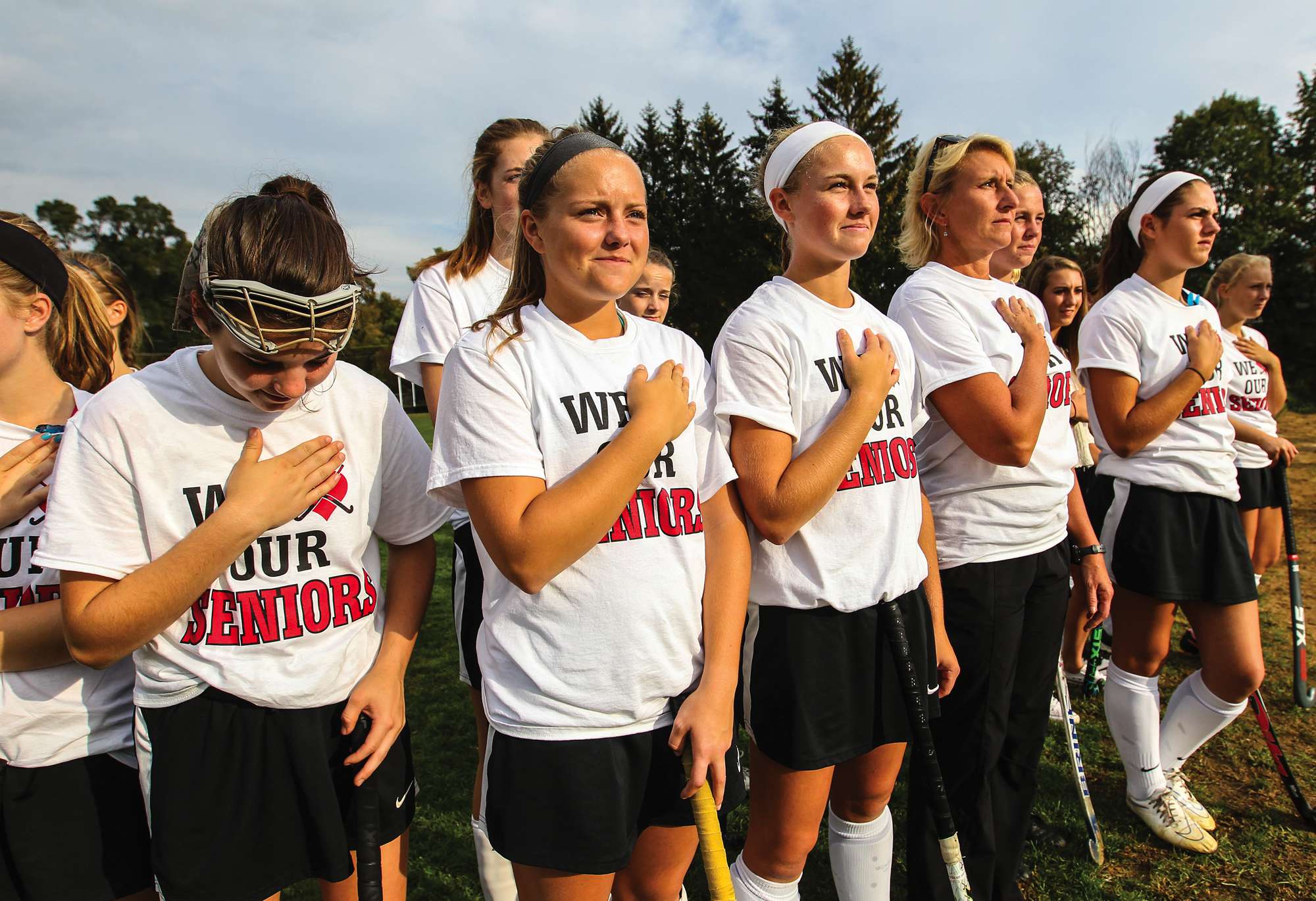









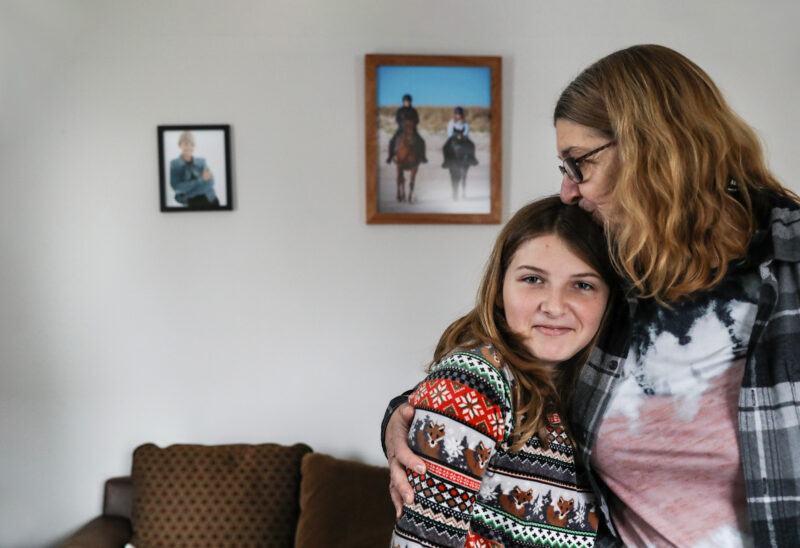
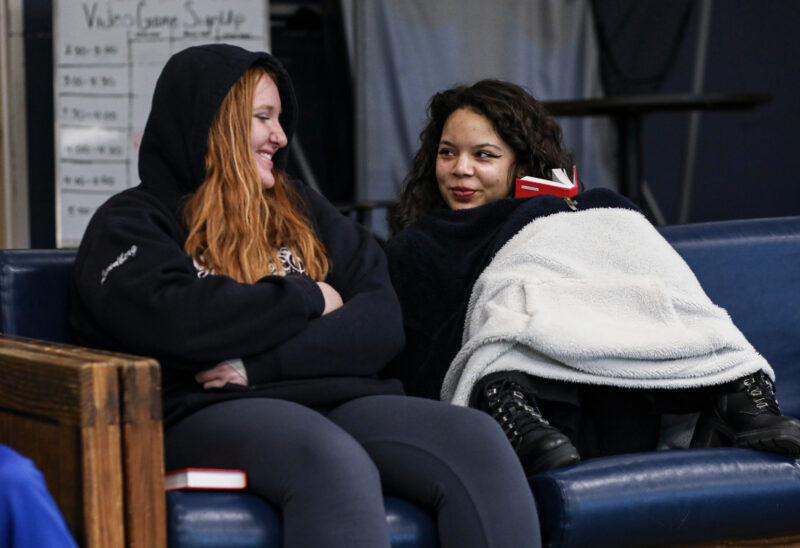

![Charitable Foundation President Dick Ober [Photo by Cheryl Senter]](https://www.nhcf.org/wp-content/uploads/2023/12/dick-ober-purpose-fall-winter-2023-800x548.jpg)
